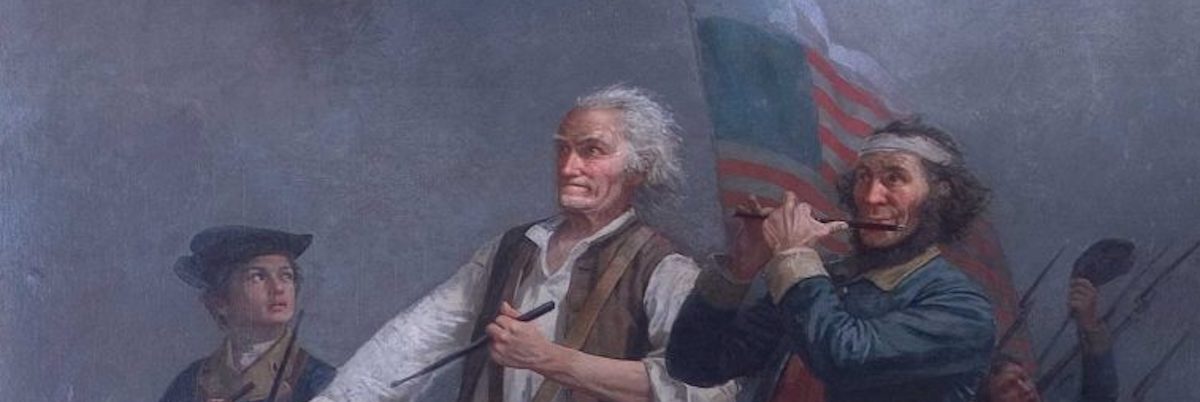This is a question I get asked a few times a week and with so many makers and so many fifes, it is a difficult one to answer.
I will state this:
You cannot determine the age of most fifes just by looking at pictures on the internet! (Notice I said MOST!)
Let me say that again:
YOU CANNOT DETERMINE THE AGE OR MAKER OF MOST FIFES JUST BY LOOKING AT PICTURES ON THE INTERNET!
Now that I have made myself clear, you might question how I am able to determine the age of some fifes.
In determining the age of a fife, none of the following elements can be conclusive on their own:
1. I do not tell the age of a fife solely by the score marks on the ferrules.
2. I do not tell the age or maker of a fife solely by the finger hole pattern.
3. I do not tell the age or maker of a fife solely by the length of the ferrules.
4. I do not tell the age or maker of a fife solely by the taper.
5. I do not tell the age or maker of a fife solely if it has punch marks on the ferrules.
So how do I tell the age of a fife?
I examine it from many angles.
I have been collecting fifes now for a little over 10 years and have amassed a collection of over 325 historic instruments, some of which date back to the middle of the 18th century. I have been dealing in antique musical instruments for over 30 years and have sold the largest collection of 19th century American Brass that was held in private hands. So I do have some knowledge!
I also visit museums and private collections and take measurements, pictures, etc. (Heck, I have been in the storage room of the Metropolitan Museum in New York examining fifes in their collection and taking measurements, etc.)
And to top it all off, I am also a fife maker! I don’t make many, as that is not my purpose, but I have made over 100 instruments and am currently the fife maker for the Brigade of the American Revolution. The fife I make is a copy of a Cahusac fife made at the time of the American Revolution.
So you see, when I research a fife I look at it as a metal worker (for the ferrules), as a fife maker (for the shaping and drilling of the holes and bore) and as a researcher (for everything historical).
THE TOOLS
The tools used to examine a fife are very important and help to understand how the fife was made and helps to uncover “hidden” aspects of the fife.
The first tool used when I examine a fife is very simple–a ruler or measuring tape.
The ruler allows me to measure the length of the entire instrument, which is an important factor. Does it mean that you can always tell the key of a fife by the length? No, as the key of a fife is not determined by the length of the entire instrument but by, what I’ll call, sounding length. (We’ll get into this later)
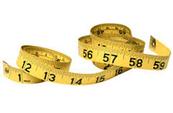
The next tool used when examining a fife is a caliper.
I use the caliper when measuring the ferrules and when measuring the outside diameter of the fife.
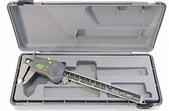
Another tool I use when examining a fife is the micrometer.
I own 2 of these (2 different sizes.) and they are used to get a more precise measurement of the inside bore of the instrument. Many people use a caliper to measure the inside bore but this is not a good choice because the ends of a fife many times are dented after many years of use thus the measurement you will get is incorrect. With the micrometer, you can go further into the bore and get a correct measurement of the bore dimensions of the fife.
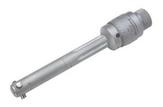
The next set of tools that I use in examining a fife are plastic sizing rings. These allow me to get a better idea of where exactly the high point, or the swell, is on the fife and thus I am able to get a precise measurement of the fife diameter.

The next tool that is very important in the examining of a fife is the magnifying glass. This helps find markings and other hints that are not visible.
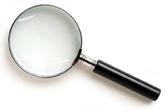
The next tool used when examining a fife is the eye loupe. (This one happens to have a light attached) This is very helpful when one is dealing with a fife that the makers mark is worn or very lightly stamped.
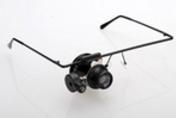
The next set of tools that I use in examining a fife are bore plugs. These are a set of metal plugs that start at a very small size and go to a larger size in small increments. This makes the measuring of the finger holes and the embouchure hole much more accurate than using a caliper.
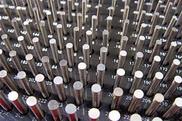
Now that we live in the “techno age” we are able to use tools that were not as readily available before. The next tool that I use when examining a fife is an Endoscope. This allows me to look inside the bore and determine if there are any steps, drill marks, etc. And I am able, through the use of the USB, take a picture and save it to my computer.
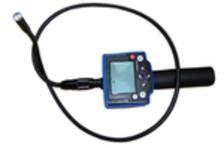
Another great tool that I use to look at the inside of a fife bore is a bore scope. This tool has a mirror that lets me look at an angle in the fife and to be able to study the fife’s finger holes and embouchure hole.
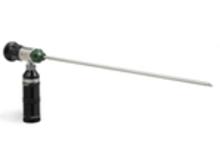
The last tool that I use when examining a fife is a digital microscope. This tool is great as it lets me examine minute marks on the fife and magnify them to a great degree. It also lets me, through the USB to take a picture and save it to my computer.
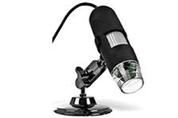
As you can see I am serious about researching fifes and having them give up some of their mysteries. I have invested untold time and money into finding out what is true and what is a fabrication of the facts.
Questions about a fife that you have?
Contact me using our contact page and I will be willing to help in any way possible.
